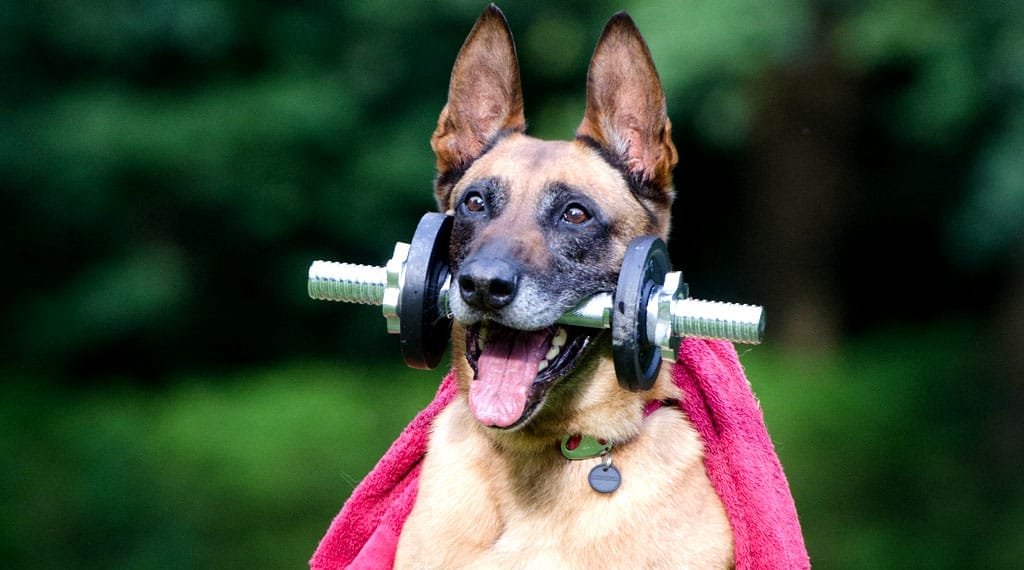Not only is gardening a hobby, but it’s a labor of love. The rich colors, range of textures, and peaceful ambiance that a well-kept garden can provide can be among the most rewarding things about it. Keep dogs out of your gardens and flower beds can make to face trouble because it is not an easy task.
That satisfaction, though, can rapidly give way to annoyance if your flower beds and gardens end up becoming a dog’s playpen or digging site. It’s critical to safeguard your plants from any intruders, be it a neighbor’s or your furry friend’s. This post explores practical methods for keeping dogs out of your garden so that the beauty of nature and all of your hard work survive.
Keep Dogs Out of Your Gardens and Flower Beds
While others may find it idyllic, gardeners view dogs playing or relaxing in their spaces as potentially dangerous situations. Dogs are inquisitive and lively animals by nature.
Their insatiable curiosity frequently prompts them to harm or even destroy plants as they tramp through flower beds, step on fragile plants, and, in rare instances, urinate among your foliage.
The difficulty is not only in performing the act but also in coming up with a technique to keep dogs at bay without endangering them or taking away from the aesthetic appeal of your garden.

Understanding Why Dogs Dig and How to Address the Root Causes
It will be easier to address the issue of dogs being in your garden if you understand why they are drawn to it in the first place. Dogs dig for a number of reasons, including hunting mice or other small game, finding a cool spot to relax in the summer, or simply because it’s a fun activity that satisfies their natural needs.
Taking care of these underlying issues means giving your dog activities that are equally fulfilling as working in your garden. Make sure they have plenty of toys to keep them engaged and a cool, shaded location to relax in order to deflect their attention from your flower beds.
Physical Barriers to Protect Your Flower Beds and Gardens
One of the simplest methods to protect your garden is by using physical barriers. For instance, if fences are tall and sufficiently deep to prevent dogs from jumping over or burrowing under them, they can serve as an effective deterrent.
Raised garden beds can also deter dogs from visiting your plant sections because they take more work to reach due to their heightened height. Decorative garden edging is another creative idea that can make your garden seem better while establishing a physical barrier that dogs are less inclined to cross.
Natural Deterrents to Keep Dogs Away from Your Plants
If you’d like a more natural method, there are a few non-physical deterrents that can keep dogs at bay. For instance, bordering the edge of your garden with a certain plant kind can be effective.
These plants are inherently repellant since dogs have been reported to be offended by the aroma of lavender, citronella, and marigolds. If you make the ground cover rough-textured with pine cones or stone mulch, dogs will not want to walk on it or dig in it.

Training Techniques to Discourage Dogs from Entering Your Flower Beds and Gardens
A long-term option to keeping your garden safe is to train your dog or assist your neighbor in training theirs. Basic commands like “leave it” or “off” can have a great deal of power when they are consistently utilized.
For this technique to be successful, it is imperative that training be started as soon as possible and that positive conduct be rewarded with praise and incentives. Incorporating a motion-activated sprinkler into your landscape can serve as a non-lethal deterrent for dogs, making it an effective training tool.
Creating Designated Dog-Friendly Areas in Your Yard
One effective approach to prevent dogs from digging in your flower beds is to provide them a separate space in the yard. To get them to dig here instead of in your garden, you can add sand or soft earth.
You may provide your dog with a regulated setting where they can fulfill their natural inclinations by adding toys and creating an enticing space. This solution lets your dog enjoy the outside without any limitations while simultaneously protecting your plants.
Utilizing Scent-Based Repellents to Deter Dogs
Repellants with a scent component can be yet another useful weapon in your toolbox. Commercial dog repellents frequently have unpleasant scents that may not be apparent to humans but are repulsive to dogs.
Alternatively, you can spritz your garden’s perimeter with DIY treatments like vinegar or water-soaked citrus peels. It’s crucial to remember, though, that in order for these treatments to stay effective, they might need to be reapplied following irrigation or rain.

Engaging Professional Help for Dog-Proofing Your Garden
Bringing in the professionals is sometimes the best course of action. Expert gardeners and canine educators can provide tailored approaches to secure your garden from dogs.
Dog trainers can focus on behavioral changes that deter dogs from entering the garden, while landscapers can create landscapes that are more resistant to canine activity or intrinsically less appealing to them.
Even though there can be a larger initial fee with this choice, the experience offered might ultimately save you time and effort.
Common Mistakes to Avoid When Trying to Protect Your Flower Beds and Gardens from Dogs
When trying to safeguard your garden, there are a few things to watch out for. Using dangerous chemicals or plants that could be hazardous to dogs is one typical mistake.
This method may have unforeseen environmental effects in addition to endangering the animals. Ignoring the dog’s point of view is another error that might result in less successful and cruel solutions. It is important to understand the requirements and habits of the dog.
Last but not least, inconsistent training or poor barrier maintenance will make your efforts ineffective since dogs are quick to figure out how to get around weak deterrents.
Conclusion
A diverse strategy that strikes a balance between the requirements of your plants and dogs’ innate tendencies is needed to keep dogs out of your flower beds and gardens. You may create a harmonious atmosphere that your plants and furry friends can enjoy by learning why dogs are drawn to your garden and using a combination of physical barriers, natural deterrents, training techniques, defined areas, and scent-based repellents.
Recall that persistence, patience, and the readiness to modify your tactics when necessary are essential. You can make sure that your garden stays a lovely, peaceful area for everyone to enjoy by using these techniques.


